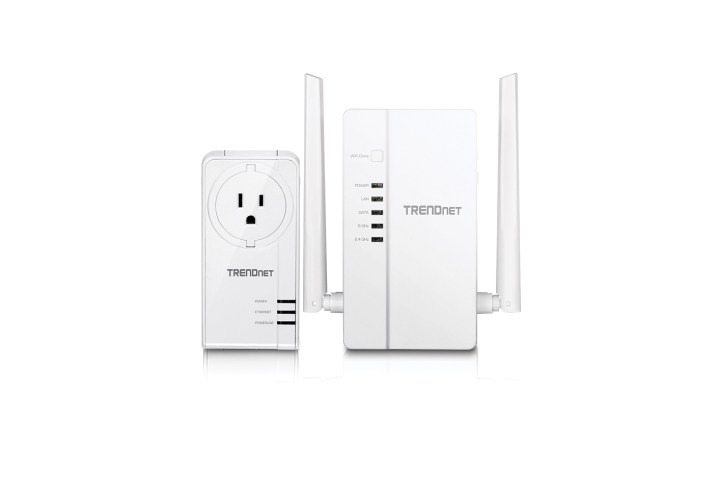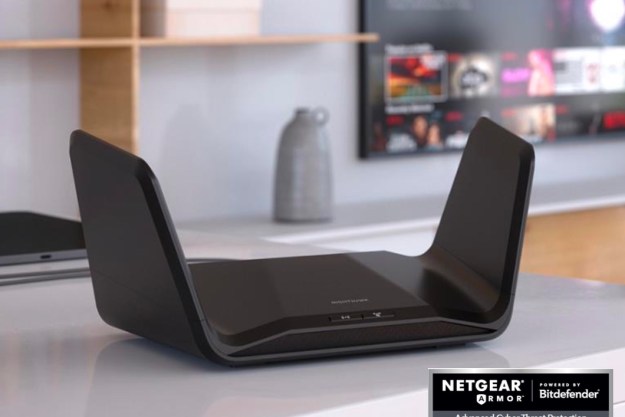
It’s no surprise, then, that companies are working hard to improve Wi-Fi coverage and performance. While a number of firms are pushing mesh networks and other more exotic solutions, some are sticking with tried and true products like extenders and additional access points. TRENDnet has taken advantage of CES 2017 to introduce their newest option, the Wi-Fi Everywhere Powerline 1200 AV2 Access Point.
That mouthful of a name tells you everything you need to know about the device. It connects to any standard outlet in a home or office that shares power, allowing it to be placed just about anywhere in a physical location to act as an access point or to extend an existing Wi-Fi network. Powerline range is 985 feet, which should cover a majority of homes and small business offices.
Also known by the more manageable model TPL-430AP, the device includes a dual-band wireless AC1200 access point that supports MIMO with Beamforming to provide improved range and performance with supported Wi-Fi adapters. TRENDnet is aiming at easy installation with the access point, including the ability for the device to auto-connect straight out of the box. Finally, the TPL-430AP also offers three gigabit Ethernet ports for spreading out wired gadgets.
Evan Davis, senior manager of solutions engineering at TRENDnet, describes the TPL-430AP this way, “The ability to clone your existing wireless network settings at the press of a button makes installation and setup simple. When compared to manual configurations, Wi-Fi setup time is reduced from minutes to just seconds.”
TRENDnet will also offer the related TPL-430APK, which adds a Powerline 1200 AV2 Adapter with Built-in Outlet to the TPL-430AP. Both products are expected to be available for purchase in April 2017, at a retail price of $125 for the TPL-430AP and $175 for the TPL-430APK kit.
Editors' Recommendations
- How to change your router’s Wi-Fi password
- This new gaming monitor has a built-in Wi-Fi antenna
- The key to fixing your bad Wi-Fi connection may finally be here
- World’s first Wi-Fi 7 demo runs 2.4x faster than Wi-Fi 6
- TP-Link’s Wi-Fi 6E router comes with motorized antennas for better reception


